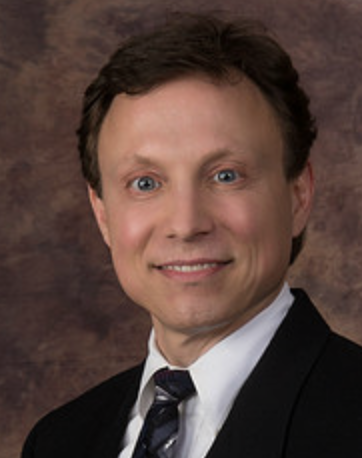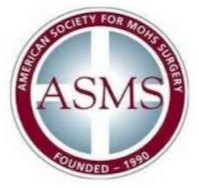Medical Expertise of Dr. O.J. Rustad, MD
The diagnosis and treatment of skin cancer, including the use of Mohs micrographic surgery.
About Dr. O.J. Rustad, MD
OJ Rustad MD is a board-certified Michigan dermatologist and Mohs surgeon providing care to patients in the greater Minneapolis area.
He founded the Advanced Dermatology Care (ADC) clinic in 1993.
Rustad has performed well over 4,000 Mohs surgeries, including their necessary reconstructions.
He founded the Advanced Dermatology Care (ADC) clinic in 1993.
Rustad has performed well over 4,000 Mohs surgeries, including their necessary reconstructions.
Procedures & Services
Tips & Wisdom
How Lasers Can Rejuvenate Your Skin
Skin rejuvenation uses IPL/Laser light to treat two of the most prominent signs of photoaging: facial blood vessels / redness (vascular irregularities), and sun-induced brown pigmented spots. The medical terms for multiple, tiny blood vessels are "telangiectasias "(fine, red lines) or angiomas (circular, red bumps). These can occur at any age. If they appear in children or in pregnant women, the dilated blood vessels may spontaneously resolve after months to years, though they...
Skin rejuvenation uses IPL/Laser light to treat two of the most prominent signs of photoaging: facial blood vessels / redness (vascular irregularities), and sun-induced brown pigmented spots. The medical terms for multiple, tiny blood vessels are "telangiectasias "(fine, red lines) or angiomas (circular, red bumps). These can occur at any age. If they appear in children or in pregnant women, the dilated blood vessels may spontaneously resolve after months to years, though they...
Patient Education Resources
Laser Skin Rejuvenation Overview
Skin rejuvenation IPL/Laser treatment is used to treat two of the most prominent signs of photoaging: facial blood vessels / redness (vascular irregularities), and sun-induced brown pigmented spots. The medical terms for multiple, tiny blood vessels are telangiectasias (fine, red lines) or angiomas (circular, red bumps). They can occur at any age. If they appear in children or in pregnant women, the dilated blood vessels may spontaneously resolve after months to years, though they ...
Skin rejuvenation IPL/Laser treatment is used to treat two of the most prominent signs of photoaging: facial blood vessels / redness (vascular irregularities), and sun-induced brown pigmented spots. The medical terms for multiple, tiny blood vessels are telangiectasias (fine, red lines) or angiomas (circular, red bumps). They can occur at any age. If they appear in children or in pregnant women, the dilated blood vessels may spontaneously resolve after months to years, though they ...
Our Approach to Treating Seborrheic Dermatitis
Seborrheic Keratoses are benign, non-cancerous growths. Despite their non-worrying status, they can be quite unsightly. They are, however, easily removed by a variety of means. Liquid Nitrogen (LN2) For treatment of Seborrheic Keratoses. Nitrogen is frozen sub-zero, and then carefully sprayed onto pigmented spots. Depending on the amount and depth of the spray, this destroys the cells. If not all the cells are destroyed, the lesion may recur. If all...
Seborrheic Keratoses are benign, non-cancerous growths. Despite their non-worrying status, they can be quite unsightly. They are, however, easily removed by a variety of means. Liquid Nitrogen (LN2) For treatment of Seborrheic Keratoses. Nitrogen is frozen sub-zero, and then carefully sprayed onto pigmented spots. Depending on the amount and depth of the spray, this destroys the cells. If not all the cells are destroyed, the lesion may recur. If all...
Education & Training
Dr. Rustad received his undgraduate degree from St. Olaf College before attending Medical School at the University of Minnesota and receiving his medical degree in 1985.
Dr. Rustad completed his four-year Dermatology residency program in 1989 at the University of Minnesota. He then was selected for a Cutaneous Surgery Fellowship at the University of MN in 1990. During this fellowship, he received further extensive surgical training in Mohs skin cancer surgeries as well as cosmetic surgeries and procedures. This additional training has allowed him to develop proficiency in the various surgeries of the skin.
Dr. Rustad completed his four-year Dermatology residency program in 1989 at the University of Minnesota. He then was selected for a Cutaneous Surgery Fellowship at the University of MN in 1990. During this fellowship, he received further extensive surgical training in Mohs skin cancer surgeries as well as cosmetic surgeries and procedures. This additional training has allowed him to develop proficiency in the various surgeries of the skin.

